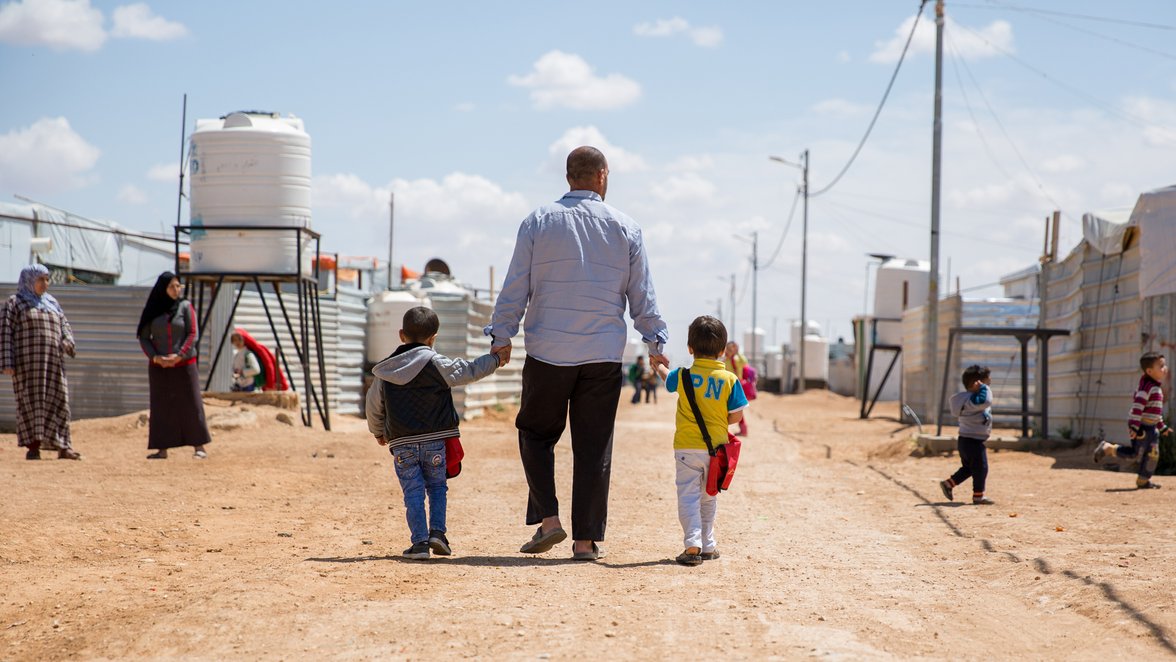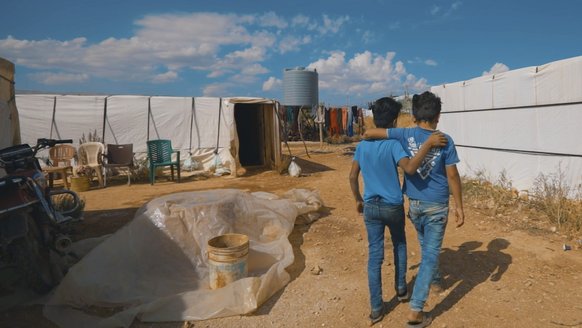Child Rights: the core of our work
Nov. 20, 2019

End child rights violations
The UN Convention on the Rights of the Child (CRC) is the most widely ratified human rights treaty in history. It is in force in virtually all countries of the world and has played a critical role in improving millions of children’s lives.
Yet this international accord is still not fully implemented - or even widely known and understood. While all countries, except the US, have ratified it and there have been undeniable achievements in children’s rights over the past three decades, millions of children continue to have their rights threatened or violated.
Today provides a unique opportunity to put children’s rights at the forefront of our minds and examine what more we can do to realise children’s rights worldwide - and end child rights violations once and for all.
How the convention works
The Convention explains who children are, what their rights are and how governments are responsible for upholding those rights. The various rights that make up the document are all connected and of equal importance - and none of them can be taken away from a child.
At its heart is the profound recognition that children are not merely the property of their parents. They are not just adults in training. Instead they are human beings in their own right, with their own unique and fundamental rights.
The right to wellbeing
One of the key articles that War Child engages with in its work is Article 39 - which obliges all UN Member States to promote the wellbeing and reintegration of children who experience abuse in any of its forms.
Article 39 states that States parties are obliged to ‘’take all appropriate measures to promote physical and psychological recovery and social reintegration of a child […] in an environment which fosters the health, self-respect and dignity of the child.”
This refers to children who experience any form of “neglect, exploitation, or abuse; torture or any other form of cruel, inhuman or degrading treatment or punishment; or armed conflicts.”
War Child works to mitigate the effects of these abuses - and boost the inner strength and resilience of the children who take part in our programmes. This approach is crucial to support the reintegration of children into their communities and contribute to an improved future for conflict-affected children.
We do this because no child should be part of war. Ever.
